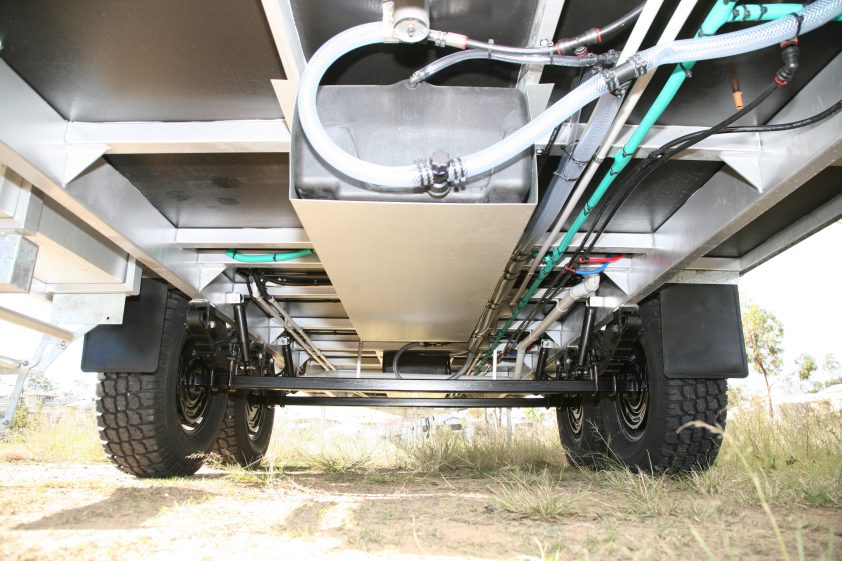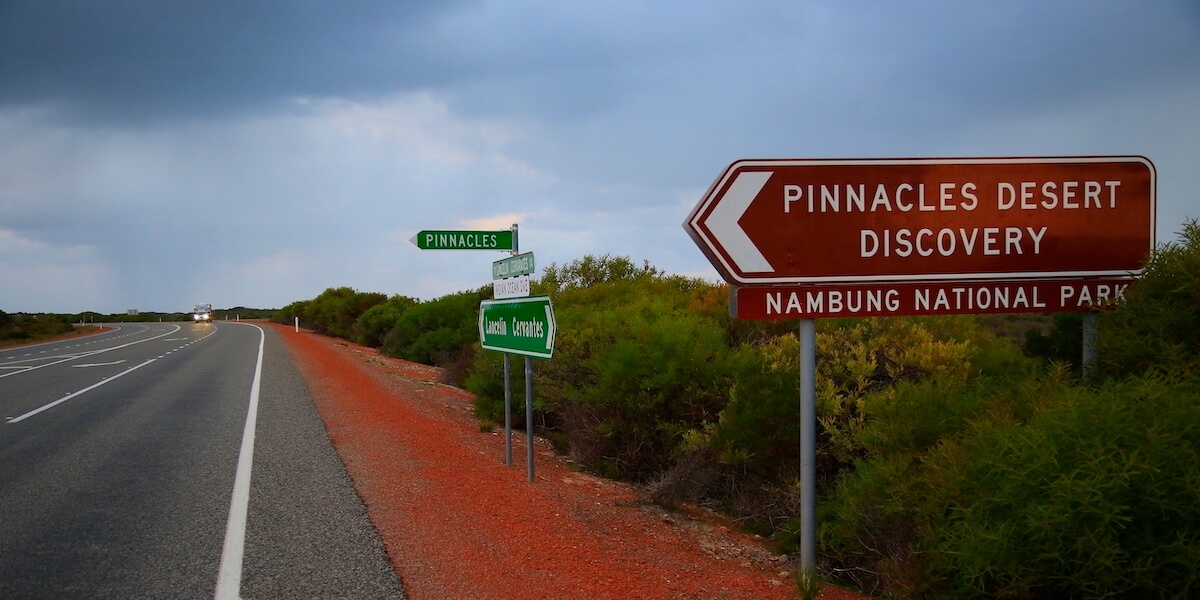The humble snatch strap is an important part of any off-road travellers go-to bag. A simple yet effective recovery device, they require careful consideration when used but offer a quick and easy way to recover a bogged vehicle.
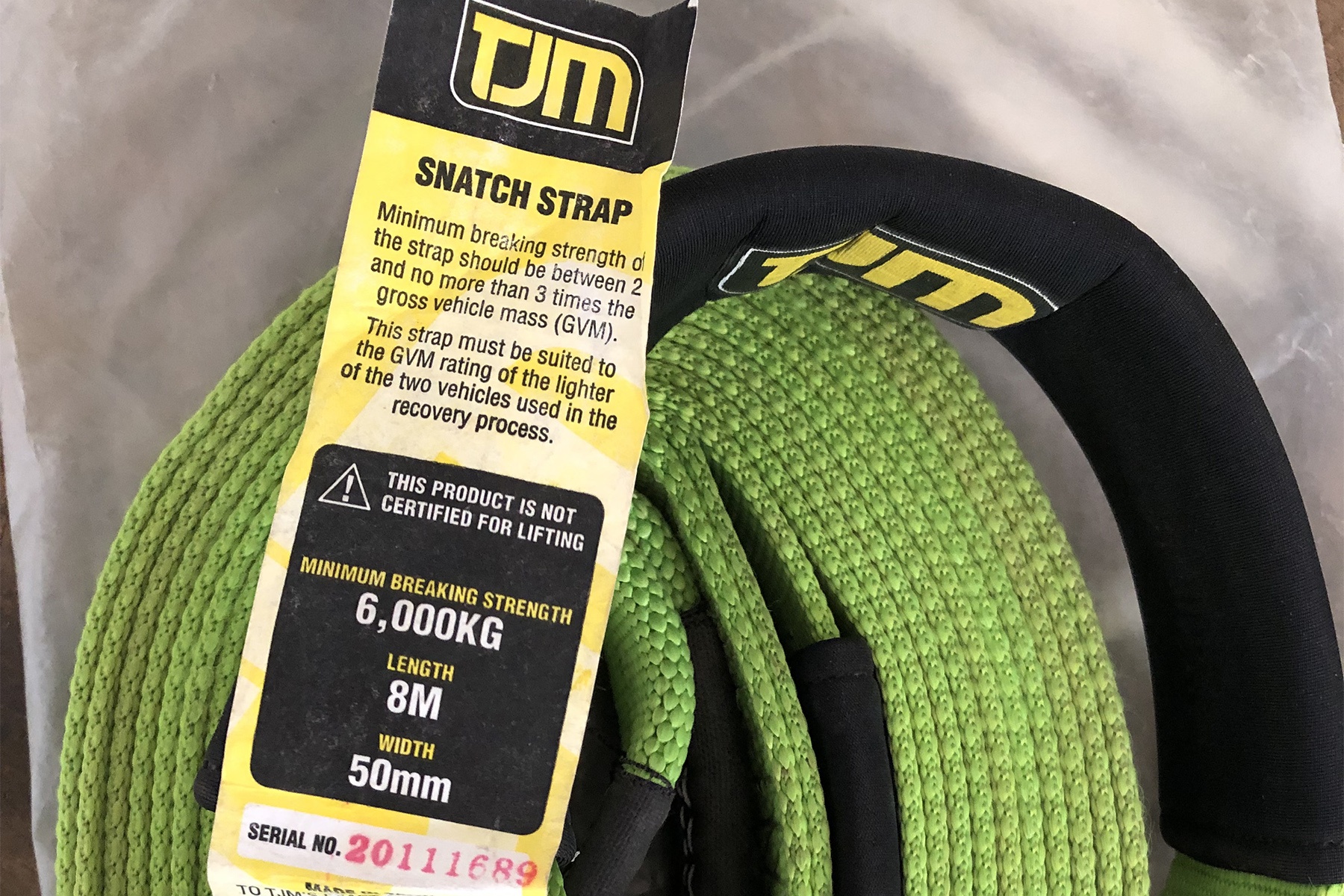
Why you need them
The only recovery device cheaper than a snatch strap is a shovel and where the snatch strap shines (in mud and sand), digging is probably the least preferred method of retrieval.
How they work
A snatch strap stretches and stores up energy – kind of like a spring – and the more it is pulled, the greater the force needed to stretch it further. When used in vehicle recoveries, this progressive stretch is vital as it reduces shock loading on initial slack take-up and delivers an increasing pull-force to the stuck vehicle.
There are some limitations, however. You need a dedicated recovery vehicle, you can only pull forwards or backwards and the energy they store can be dangerous if the snatch strap or attachment breaks. To use one requires experience, planning and the use of dampeners to lessen the risk of projectiles should a break occur.
What they are made of
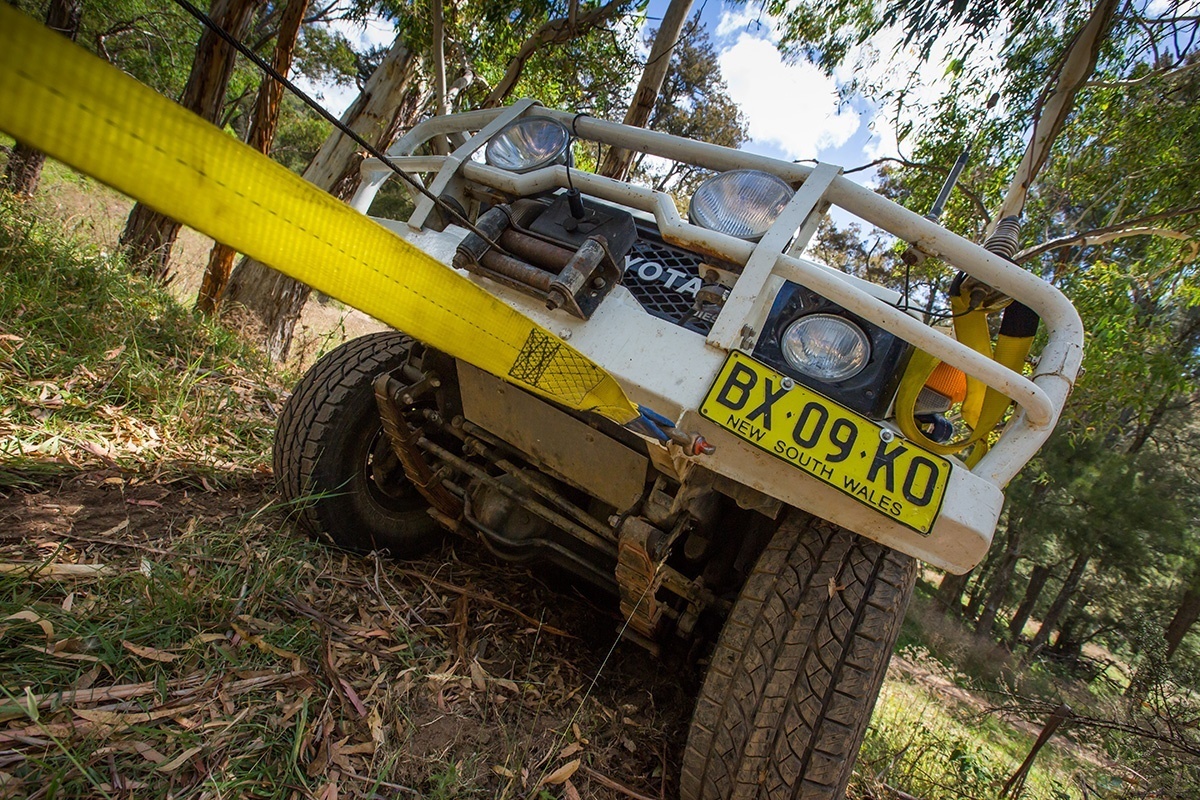
100 per cent Nylon; do not go near anything that is not woven entirely from Nylon. Nylon is used as it’s intrinsic elasticity is around 20 per cent, depending on how it’s woven and is super robust. Being synthetic, it does not rot and it repels moisture and dirt well.
Ratings
All snatch straps should display ratings that indicate whether they’re up to the task at hand. You will find a sewn-on label that outlines the straps’ construction, the maximum load and length.
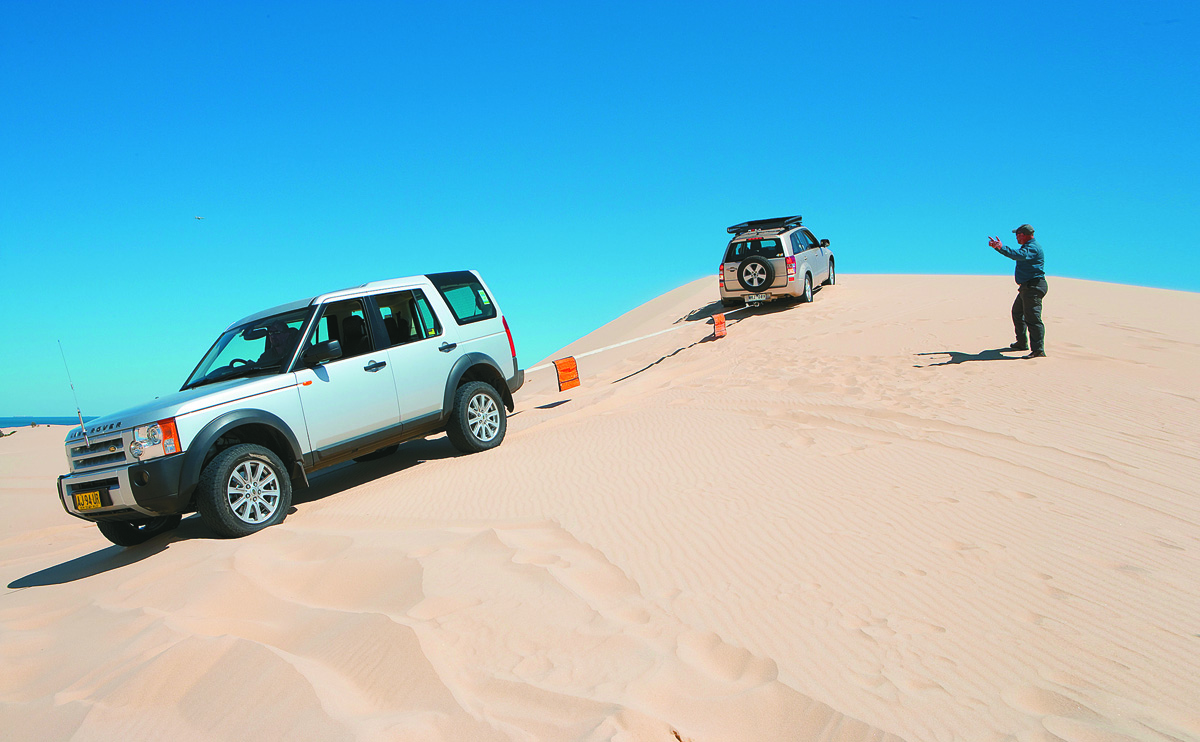
The length is a key detail in determining the usability of a strap, since a worn-out strap will have lost elasticity and become longer than when it was made. If you find that has happened to yours, it is time to replace it.
What rating do I need?
A popular rule of thumb is to use straps rated two to three times higher than the weight of the vehicle. If you have a 3000kg SUV, you should carry straps from 6000kg to 9000kg.
If recovering a vehicle with an attached trailer, the combined mass should be taken into account when choosing your strap.
When to replace them
The big killer of snatch straps is neglect. Often used in mud, if not cleaned, particles can get in between the yarns, which are abrasive and cause premature wear as they rub on the Nylon.
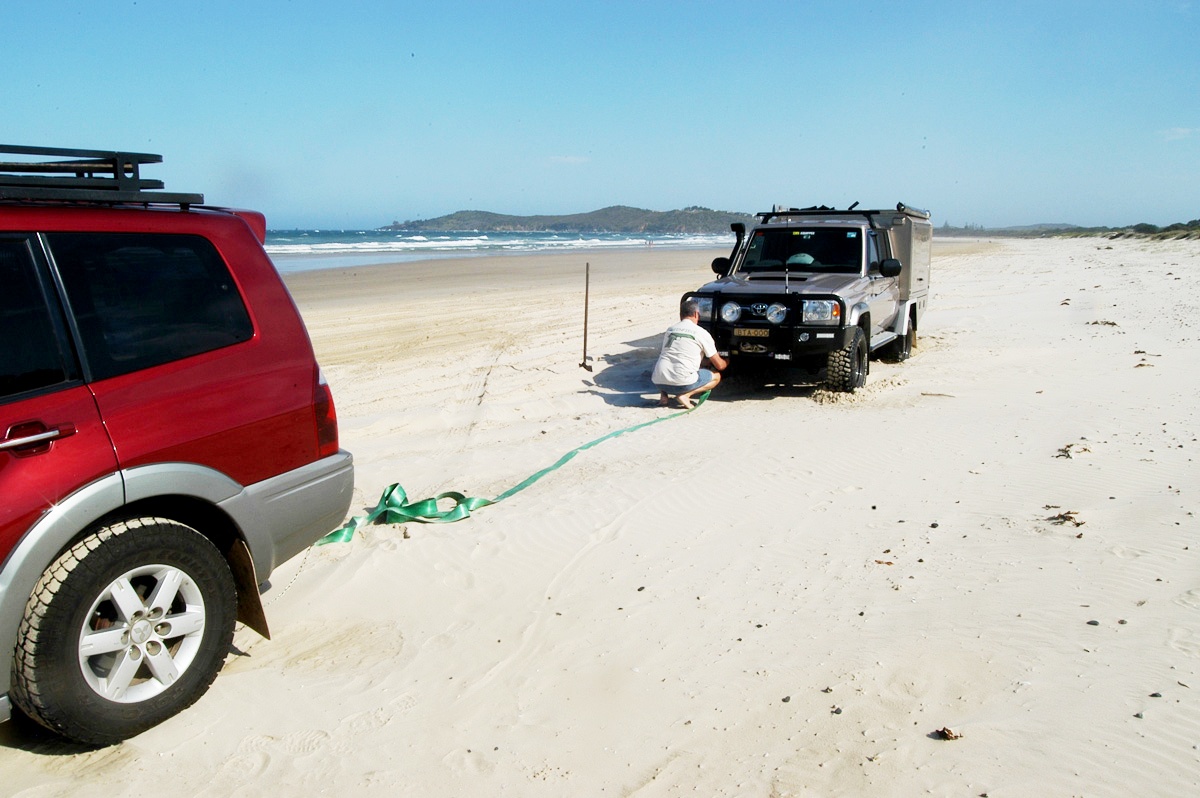
Excess sun will also damage Nylon. UV will destabilise the fibre making it brittle. A clear sign this has started to happen is decolourisation. Of course the obvious one is fraying and cuts to the fibres. If you spot any, your strap is as good as done.
An easy way to check if your strap is losing its elasticity and is due for replacement is to measure its length. If it is much longer than when originally made, replace it.
Other considerations
A snatch strap is not designed to stay under load for extended periods. You should never use one for towing a stricken vehicle as it will damage the Nylon fibres removing the stretch and strength of the strap.
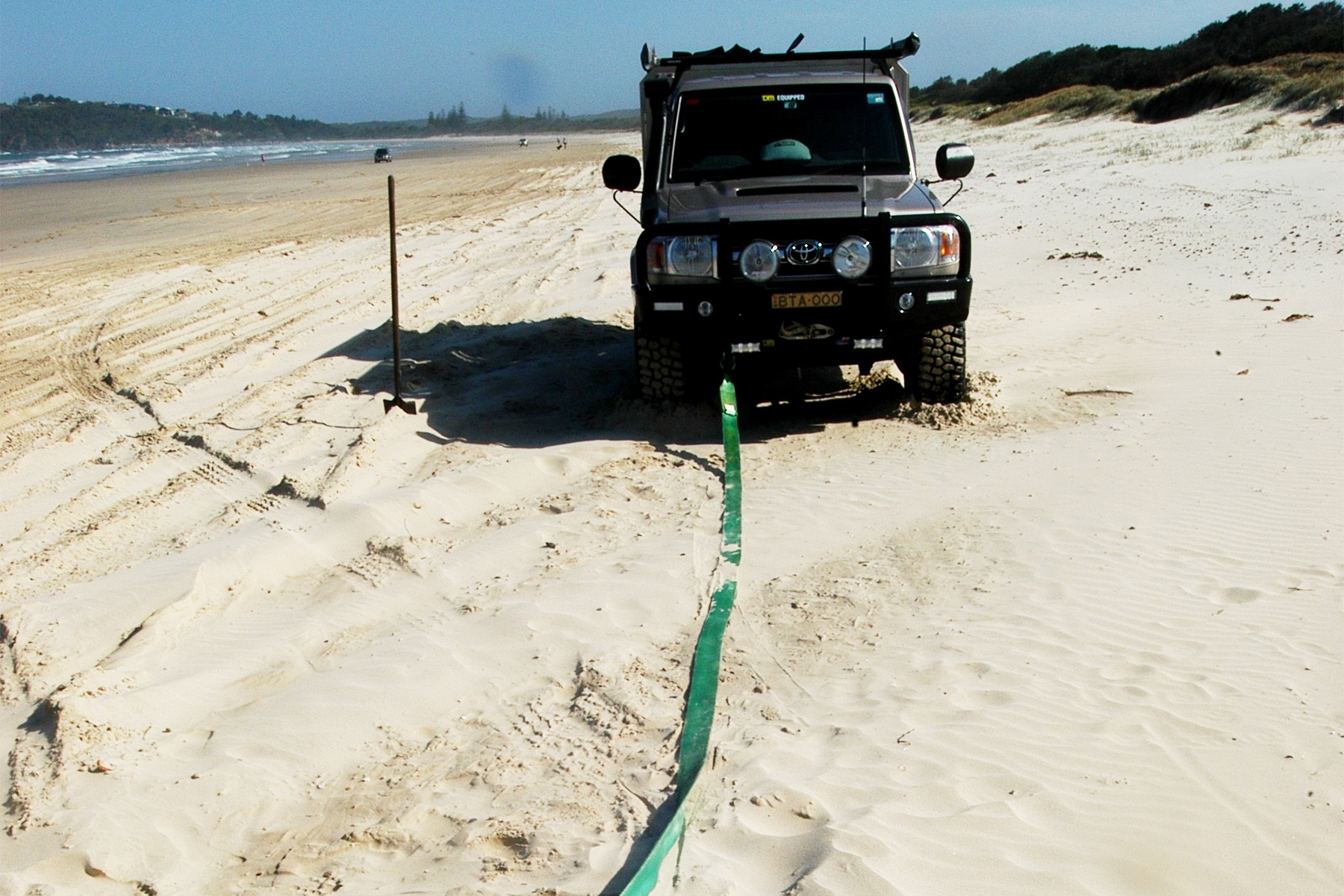
One of the most important things to think of when using snatch straps is what they are connected to and how. As mentioned, a snatch strap is a lot like a spring, this means if what it is connected to fails, that connecting part can be catapulted with great force. Only use rated shackles with a load rating higher than the breaking strain of the strap and only connect them to rated points on the vehicles.
Using snatch straps takes its toll on the recovery vehicle. Keep an eye on temperatures when working your recovery vehicle hard.
How to care for them
After using a snatch strap, give it a clean with a hose and sponge and dry completely before storing. If you cannot get the dust and dirt out of your strap, know that it is now more likely to fail and replace it. Always roll your straps up, never pinch or fold them as this can damage the fibres.
MEET THE AUTHOR
Tim van Duyl
Coming from marine publishing Tim now oversees Caravan World and Trade-a-Boat for the Adventures Group as their Senior Editor. With experience garnered from travelling the breadth and width of his home country New Zealand in all manner of ways, his mission is to see all Australia has to offer. Having already sampled Cape York, Murray-Sunset National Park, Wilsons Promontory and the bulk of Victoria’s West, he has plans to add to the small parts of WA and NT already seen. When not on the road you can find Tim passing time at lakes around Australia or in the high country camping with his close friends and family with the Murrindindi a popular spot.



